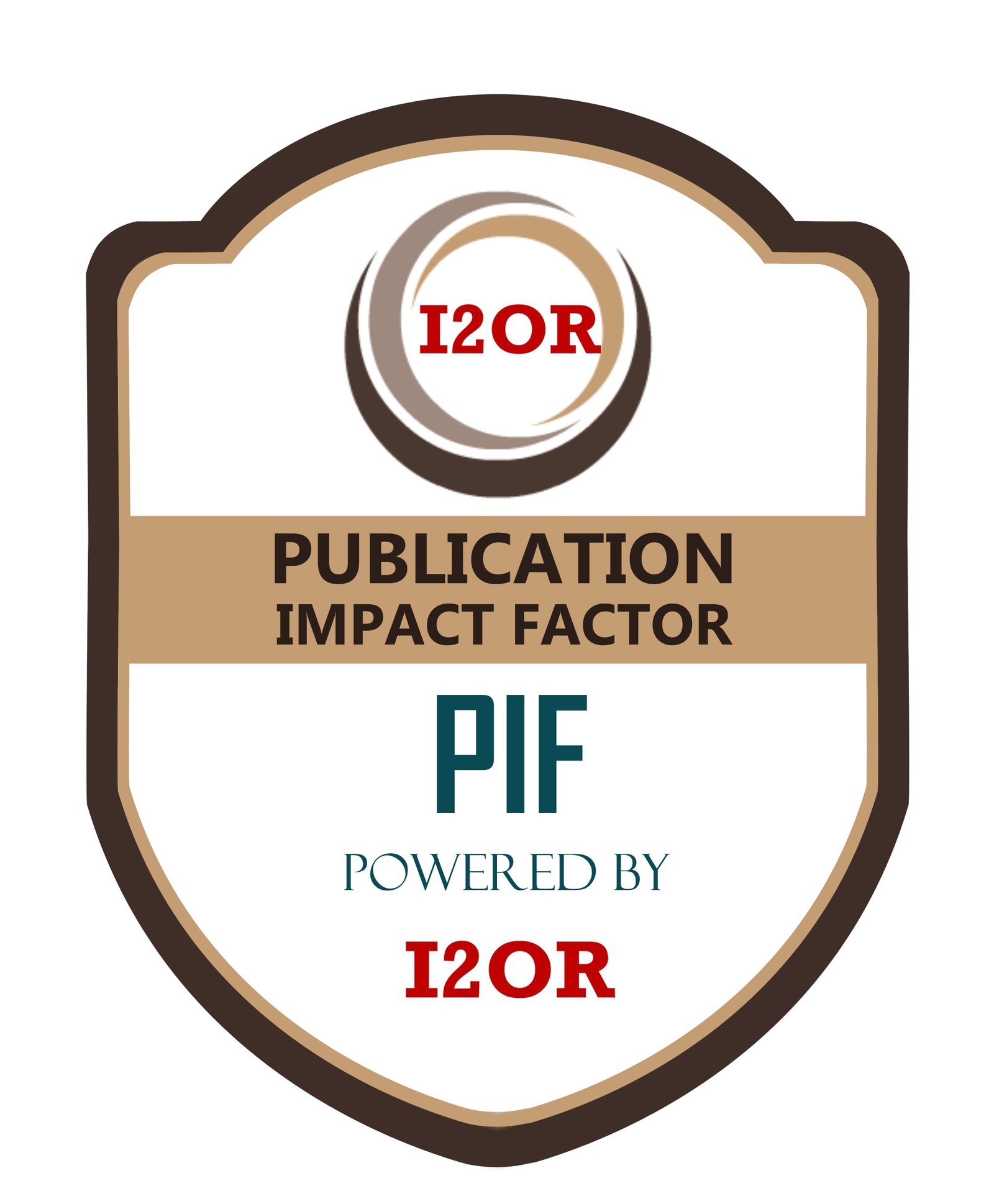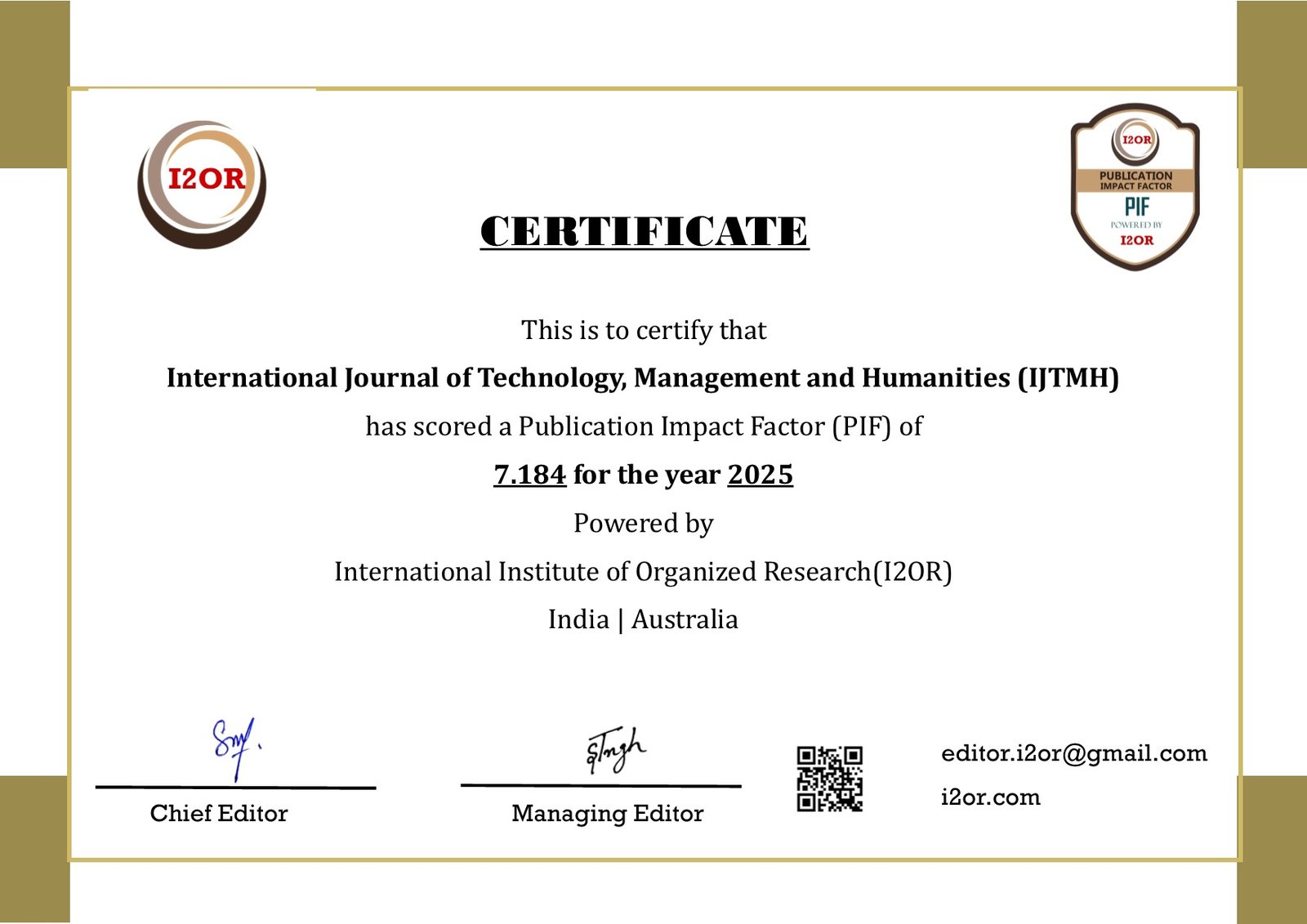Predictive Analytics and Automated Threat Hunting: The Next Frontier in AI-Powered Cyber Defense
DOI:
https://doi.org/10.21590/ijtmh.2023090407Keywords:
Artificial intelligence-based cybersecurity, artificial intelligence (predictive) analytics, automatic threat hunting, machine learning, cyber threat intelligence, anomaly detection, SIEM, SOAR, XDR, explainable AI, cyber defense automation.Abstract
The cyber threats continue to evolve and become more and more sophisticated, and thus the reactive defense mechanisms could no longer be considered adequate to protect the critical digital infrastructures. This paper discusses how predictive analytics and automated threat hunting are morphing together to be the new frontier in AI-assisted cyber security. Predictive analytics built on the back of advancements in machine learning, real-time data analytics and behavioral modeling allows predicting anomalies and potential breaches early before they take real form. At the same time, automated threat hunting enables security tools to actively search, explore and eliminate threats without any human involvement. The paper is based on a synthesis of existing trends in the field of academic research combined with novices in the security field, an analysis of the latest technological solutions, such as Security Information and event management (SIEM), Security Orchestration, Automation, and Response (SOAR), and Extended Detection and Response (XDR), and the importance of explainable AI in developing trust throughout the security operations. We also present major research hurdles data quality, model transparency, and adversarial attacks, and formalize the future research directions in adaptive learning, human-AI cooperation, as well as ethical issues. Putting predictive foresight and automated response together can enable an organization to transform responsive defense into proactive intelligent cybersecurity.







